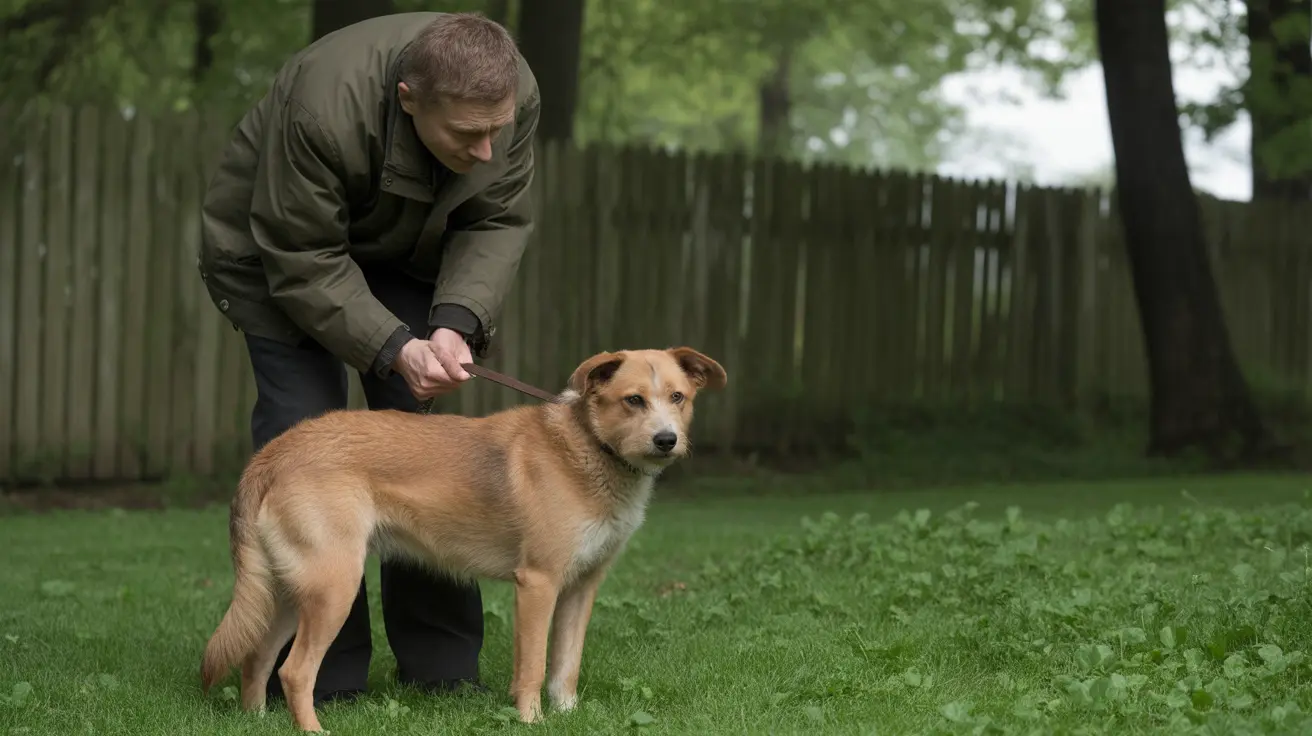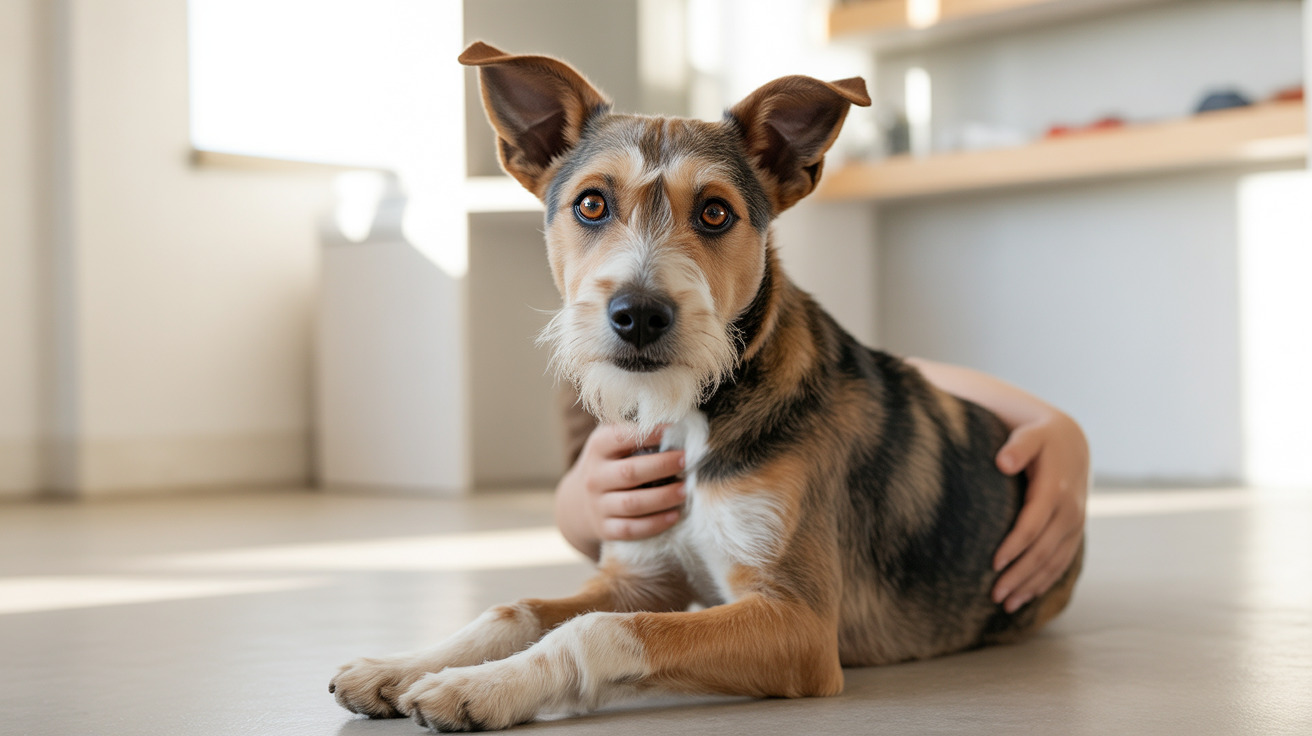Can Dogs Eat Pears? A Guide to Safe and Healthy Snacking
If you’ve ever wondered whether your dog can share a juicy pear with you, the answer is yes—with some important precautions. Pears are a healthy snack for most dogs when served properly and in moderation. Let’s dig into the details so you can safely treat your furry friend.
The Nutritional Benefits of Pears for Dogs
Pears offer a variety of nutrients that support canine health. They’re rich in vitamins C, A, and K, antioxidants, fiber, potassium, and copper. These nutrients help with:
- Digestive health (thanks to fiber)
- Immune system function
- Vision support
- Muscle function and heart health
- Bone strength
- Red blood cell production
The high water content in pears also helps keep dogs hydrated—especially on hot days or after exercise.
How to Prepare Pears Safely for Dogs
To make pears safe for your dog:
- Choose fresh, ripe pears. Wash them thoroughly to remove any pesticides or residues.
- Core the pear completely. Remove all seeds, stems, and leaves—they contain trace amounts of cyanide and are toxic if ingested in large quantities. They also pose choking or blockage risks.
- Cut the flesh into small bite-sized pieces. This helps prevent choking, especially for small breeds or those who gulp food quickly.
The skin is generally safe if washed well but may cause digestive upset in some sensitive dogs. If your dog has a delicate stomach, peel the pear before serving.
Pear Varieties: Any Differences?
You might wonder about different types of pears. Asian pears have firmer flesh than European varieties; cut these into even smaller pieces to avoid choking hazards. The same safety rules apply: no seeds or stems!
Avoid These: Unsafe Pear Products
- Canned pears (often packed in syrup)
- Pear preserves or jams
- Dried pears with added sugar or chemicals
Sugary or processed pear products can irritate your dog's digestive tract and contribute to obesity or other health problems. Stick to plain, fresh fruit only.
How Much Pear Is Safe?
Treats—including fruit—should make up no more than 10% of your dog's daily food intake. Adjust portion size based on your dog's weight; smaller dogs need less. For example:
- Toy breeds: 1–2 small pieces (about a tablespoon)
- Medium breeds: 2–4 small pieces (about a quarter of a pear)
- Large breeds: Up to half a pear (in small chunks)
If your dog has diabetes or is prone to obesity, offer pears sparingly due to their natural sugar content.
Introducing Pears for the First Time
- Start with just a piece or two.
- Watch for signs of gastrointestinal upset (vomiting, diarrhea) or allergic reactions (itching, swelling).
If you notice any problems after feeding pears, discontinue immediately and consult your veterinarian.
Clever Ways to Serve Pears
- Mash into plain yogurt (make sure it's xylitol-free!)
- Add chopped pear to regular food for variety
- Create fruit smoothies with other dog-safe fruits like bananas or blueberries
- Freeze small chunks as cool treats on hot days
- Stuff inside toys like KONGs for mental stimulation during playtime
Pears in Commercial Dog Foods and Treats
You might spot pear as an ingredient in some commercial dog foods and treats. When included responsibly by manufacturers, it’s generally safe—but always check labels for added sugars or artificial ingredients before offering these products.
Pear Alternatives: Other Safe Fruits for Dogs
- Apples (no seeds)
- Bananas
- Blueberries & strawberries
- Cantaloupe & honeydew melon
- Mango & pineapple (peeled)
- Cranberries & raspberries
- Oranges & watermelon (seedless)
- Peaches (no pits)
Avoid cherries and avocados—they’re unsafe due to toxicity concerns.
A Few Final Tips on Feeding Pears Safely
- If your dog has health conditions or is on prescription diets, always consult your vet before introducing new foods.
- Puppies should be started on new foods slowly and under supervision.
- If you see signs of allergy—like itching or swelling—stop feeding pears immediately and talk with your vet.
- Pears are best used as an occasional treat rather than a daily staple.
- Mental stimulation counts too! Try hiding bits of pear around the house for a fun sniff-and-find game.
Pears can be a tasty way to add variety and nutrition to your dog's diet—as long as you serve them safely. Always remember: moderation is key!





